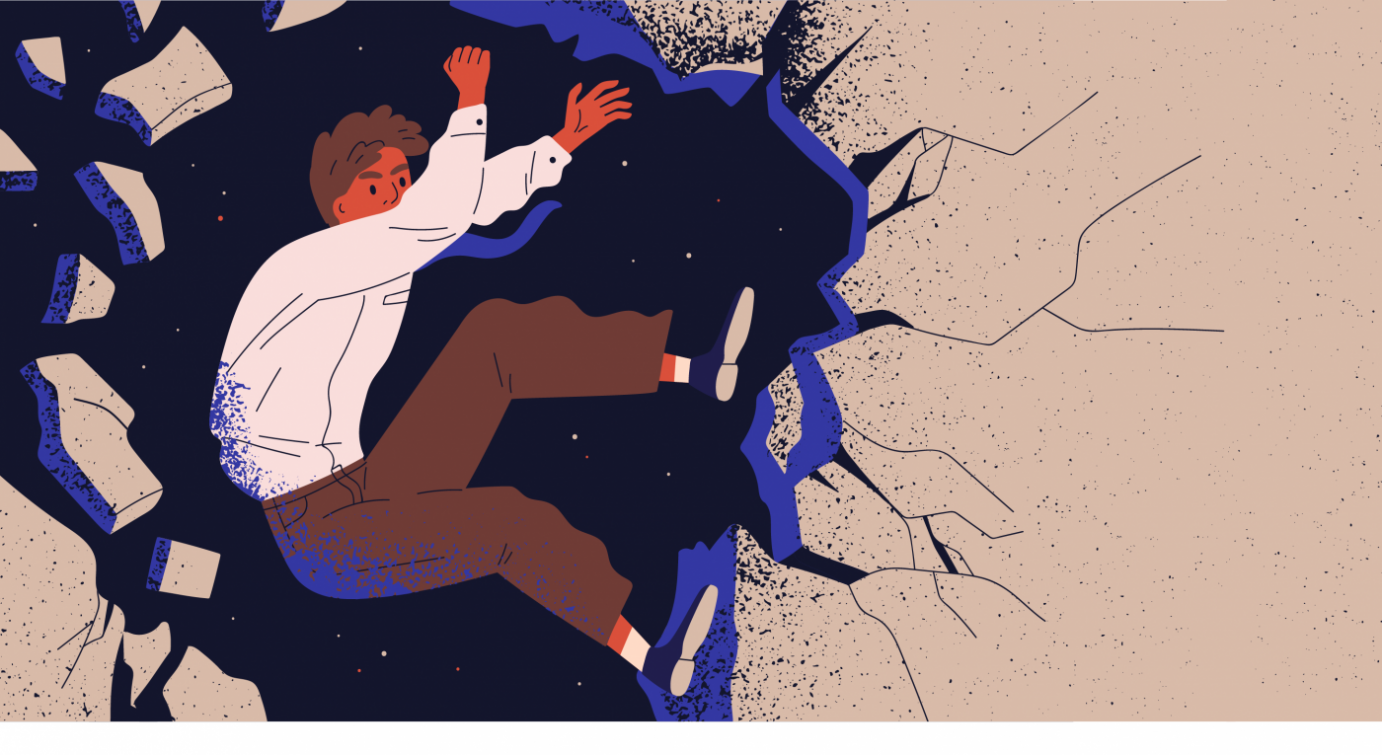- Behavioral Science, Customer Experience, Design, Design Theory, Human factors, Interaction Design, Psychology and Human Behavior
Learn how to design to change a mind. This article covers 3 conditioning techniques designers use to influence behavior. Use with caution.
Article by Andrew Coyle
Share:3 techniques to influence user behavior
Share this link
- February 9, 2021
2 min read







